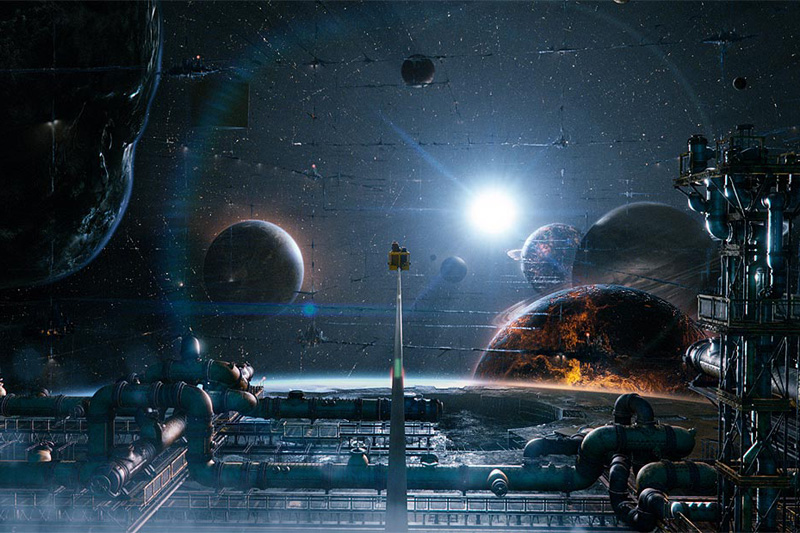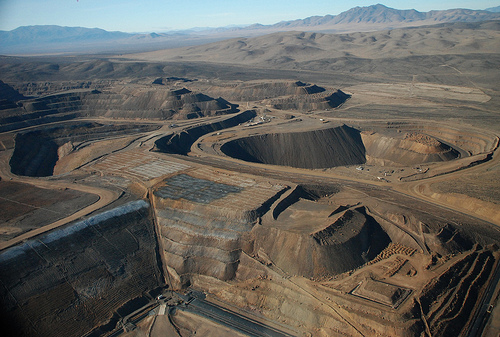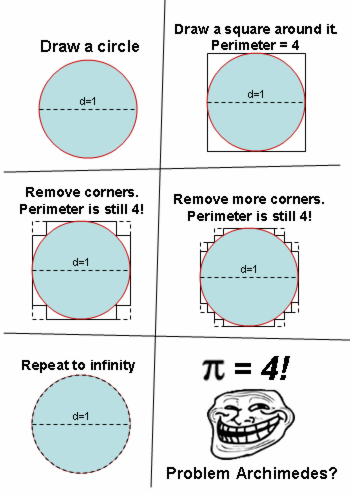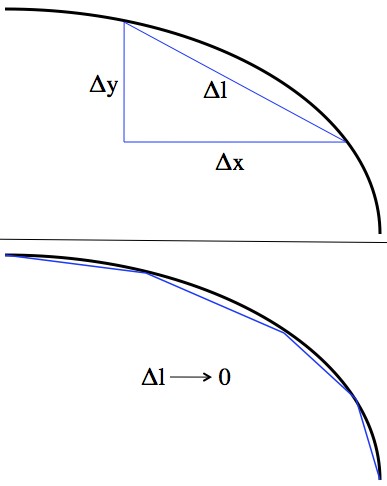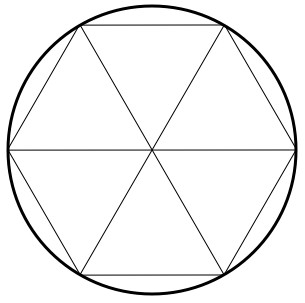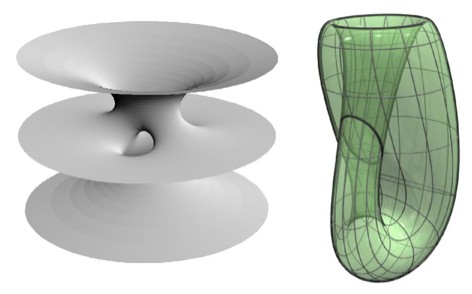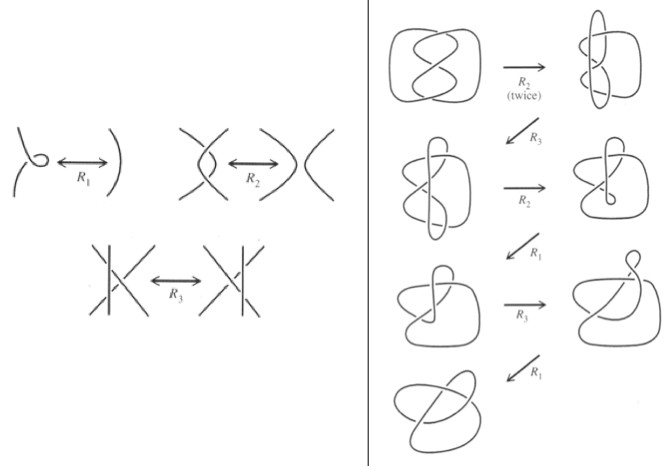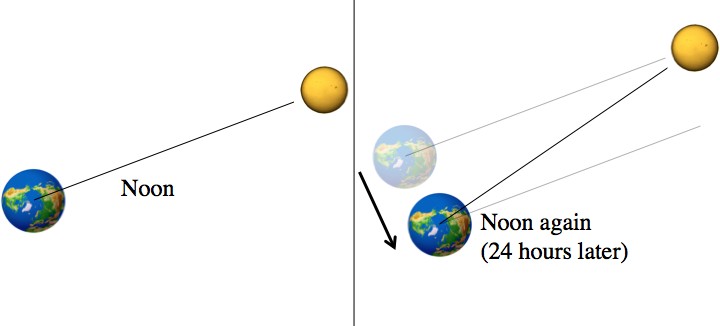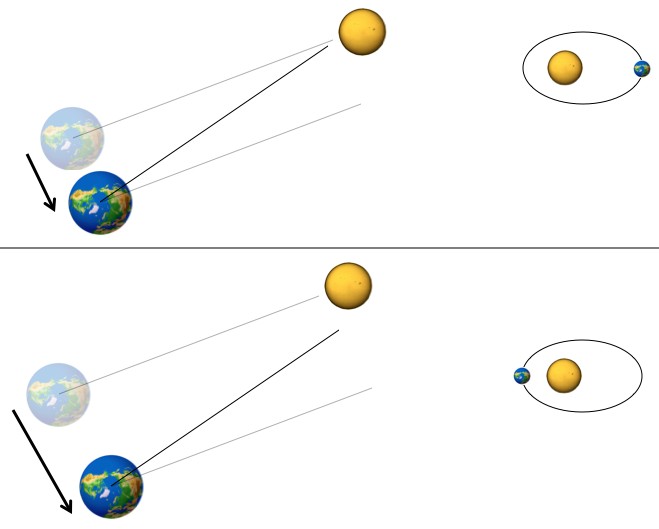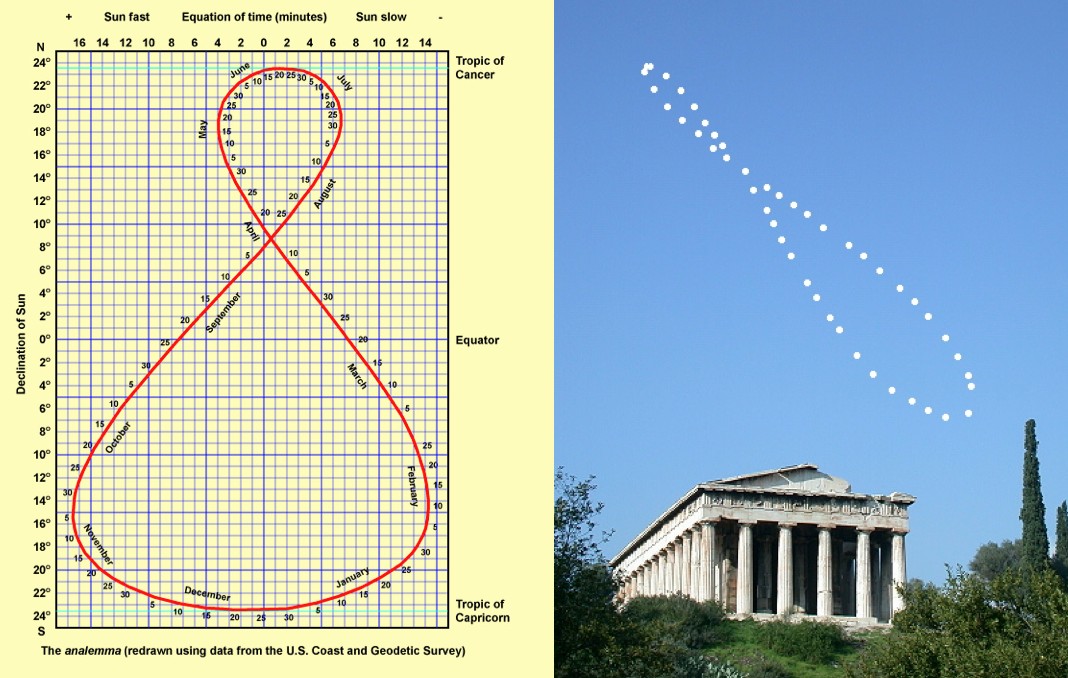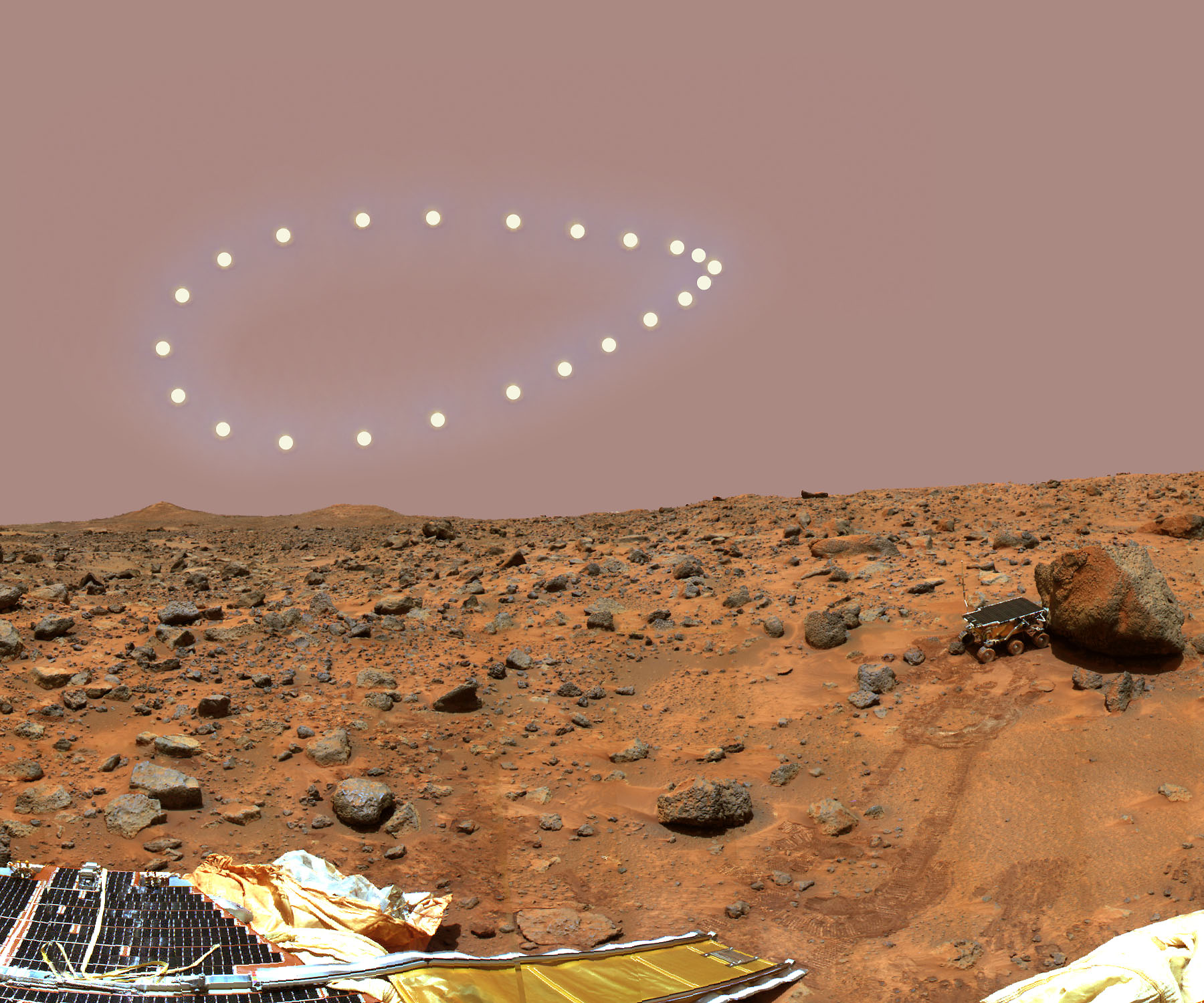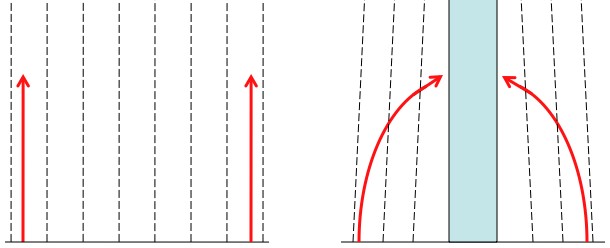Physicist: In theory, there’s nothing standing in the way. In fact by constructing a planet from asteroids, comets, or dust you can expect to get a fair amount of energy back out. Normally, you’d just chuck a bunch of dust, rocks, and ice together (the way God intended), but that releases a whole lot of heat, leaving the planet very molten for a very long time.
If instead you build a massive spherical scaffold around the future location of the planet you could lower new material gently to the surface, and generate power (e.g., tie a rope to the rock, and let it turn a generator as it falls). So, if you do it right the whole thing would be “free” from an energy stand point. In fact, you’d probably need some way to dissipate the extra unused energy. The total energy, E, created by a planet as it coalesces from a dispersed cloud is approximately , where
is the density, G is the gravitational constant, and R is the radius of the planet. The energy ramps up very fast as R increases, so most of the energy comes from the end of the project. So the good news is, you don’t have to have a molten planet, and there’s plenty of energy to be had.
Little history: that “R5” equation was derived to estimate whether or not Santa would destroy the world every year (He doesn’t).
The biggest concerns would be time scale, available materials, and whether or not you should bother.
I won’t even consider the question of engineering topography on the surface of the new world, since it’s not even a problem. According to John Robert McNeill, as early as the 1980’s humankind became the greatest earth-moving force on the planet, surpassing everything else (erosion, volcanism, glaciers and rivers, and even ants and termites) put together. So: shaping every mountain, valley, and ocean basin from the ground up (as it were)? Doable.
Time scale is a problem, of course, because it’s a big project. The best way to gather materials at the construction site is to use other nearby planets for gravitational assists or “slingshots”. After all, if you want to move a rock the size of a continent from place to place, the last thing you want to do is try to push it yourself with a rocket. Instead you can nudge them slightly in the right direction and, within a couple hundred years, you’ve got your gigantic rock in the right place. Later, when you’ve got enough of the planet built that it has its own gravity, and lowering material gains you plenty of energy, you can afford to attach super rockets to the asteroids and moons you want to include in your new planet. Still, almost any reasonable construction scheme will have a very optimistic lower bound of at least several hundred years.
As for materials, the only information I have comes from our own solar system. The Earth alone has more mass than 200 asteroid belts. The closest source of material, not already in the form of planets and moons in our solar system is the Oort cloud, which (according to the best estimates to date) may contain enough material to make almost half a dozen Earths. However, the Oort cloud is on the order of 10,000 AU away (1AU is the distance between the Earth and the Sun). For comparison, the New Horizons probe, now en route to Pluto, is the fastest object ever made. Despite that, it will still take about nine and a half years to cover the 30 AU out to Pluto (and NASA isn’t even going to have it slow down when it gets there). To make things worse, almost all the mass out there is tiny grit. You wouldn’t be grabbing rocks to send back, you’d be sweeping up fine space-powder and bagging it, one grain at a time.
So, say you don’t want to do that, and you decide to steal moons instead. If you could somehow pull all of the moons of Jupiter out of orbit (using up most or all of your energy budget) you’d have enough material to create about 1/15 of one Earth. The moral of this story is that once a solar system is formed it’s amazingly clean. Other fully-formed star systems seem to be just about as clean.
So you may ask yourself: why bother? Well, you probably shouldn’t bother. Today is the golden age of planetary astronomy (and astronomy in general). Over the past year we’ve found (and verified) about 1 to 2 new planets a week, around other stars. 518 have been found so far, and almost all of those have been within 300 light years. It’s looking like there are hundreds of billions of planets in our galaxy at least, so it’s likely that whatever kind of planet you want, you could probably find it or simply adjust a planet that’s close enough.
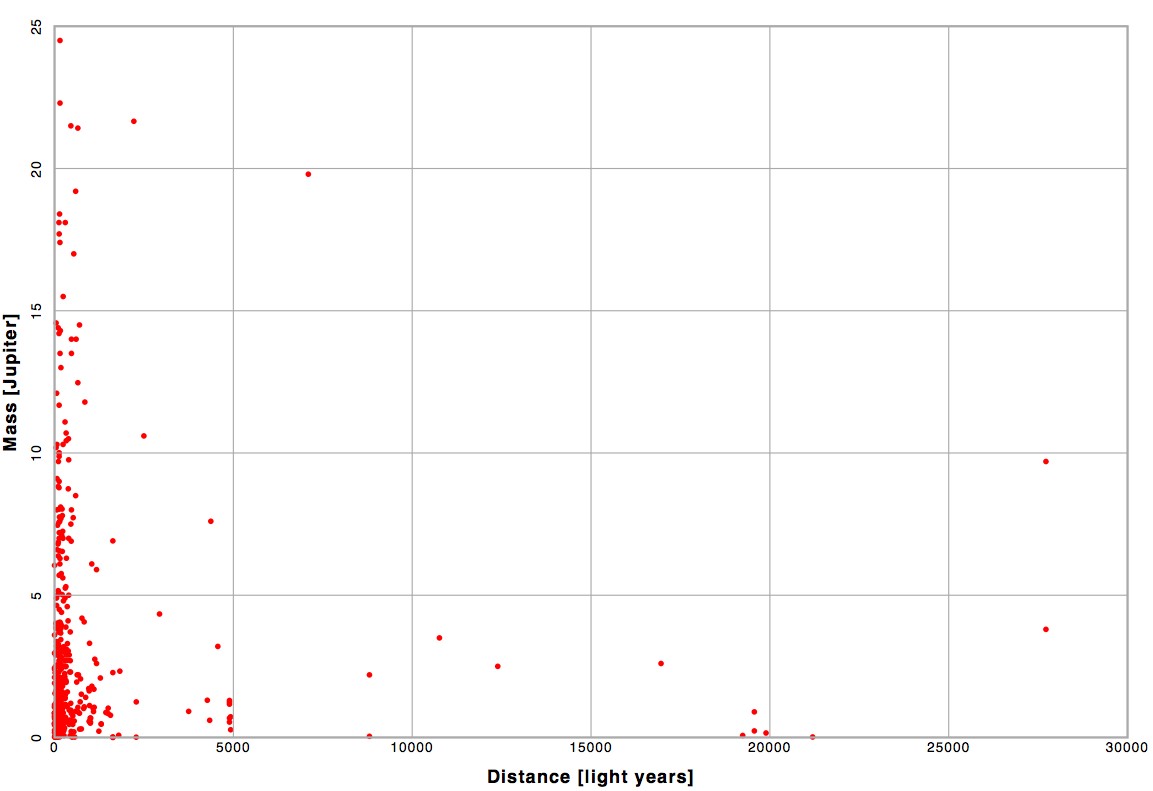
The mass and distance for all of the exoplanets found as of Jan. 14, 2011. If this plot included all of the missing planets it would be solid red. Click for full size.
After all, as long as we’re assuming that we can build planets from scratch, we may as well assume that we can just move to a distant star system.

